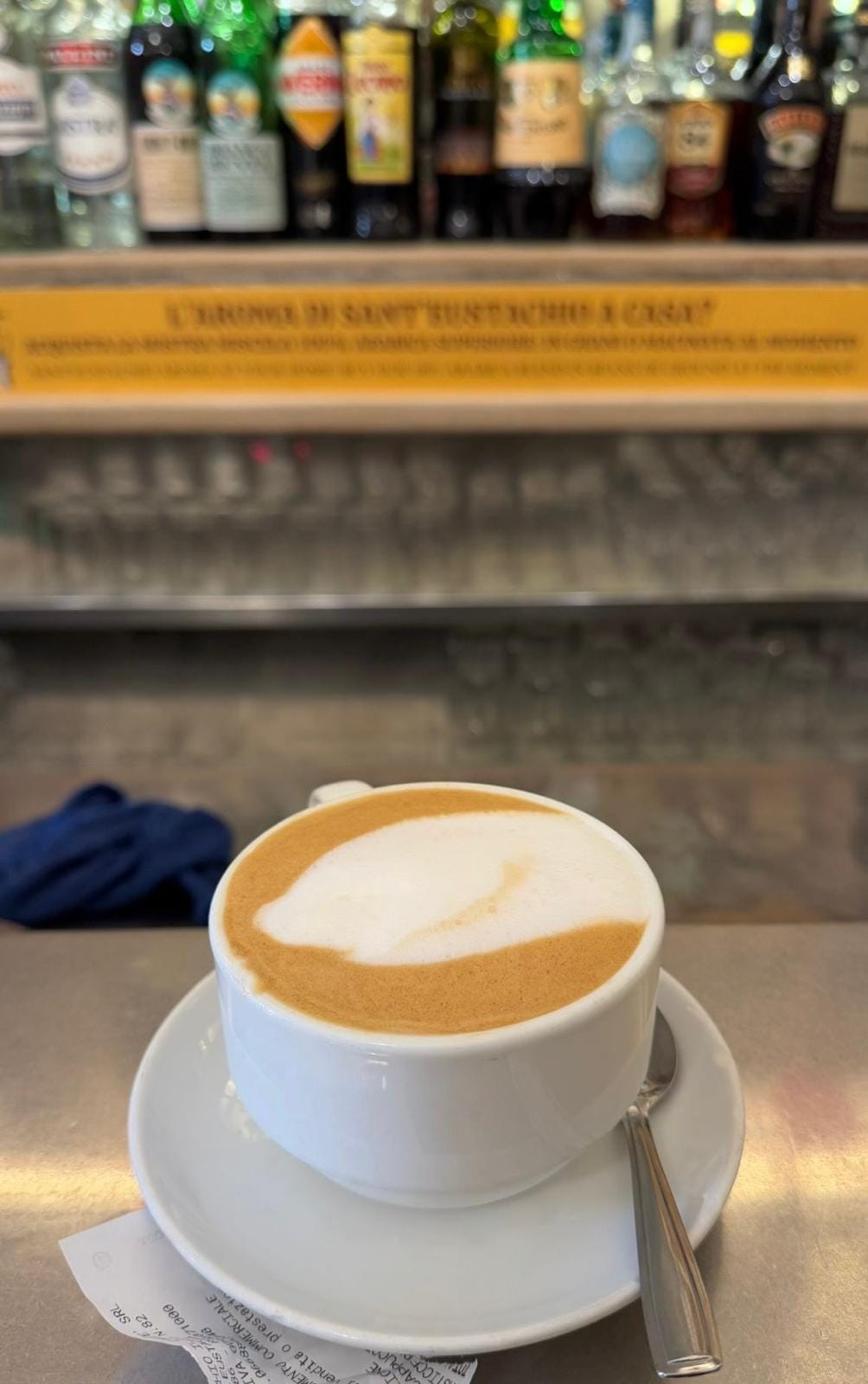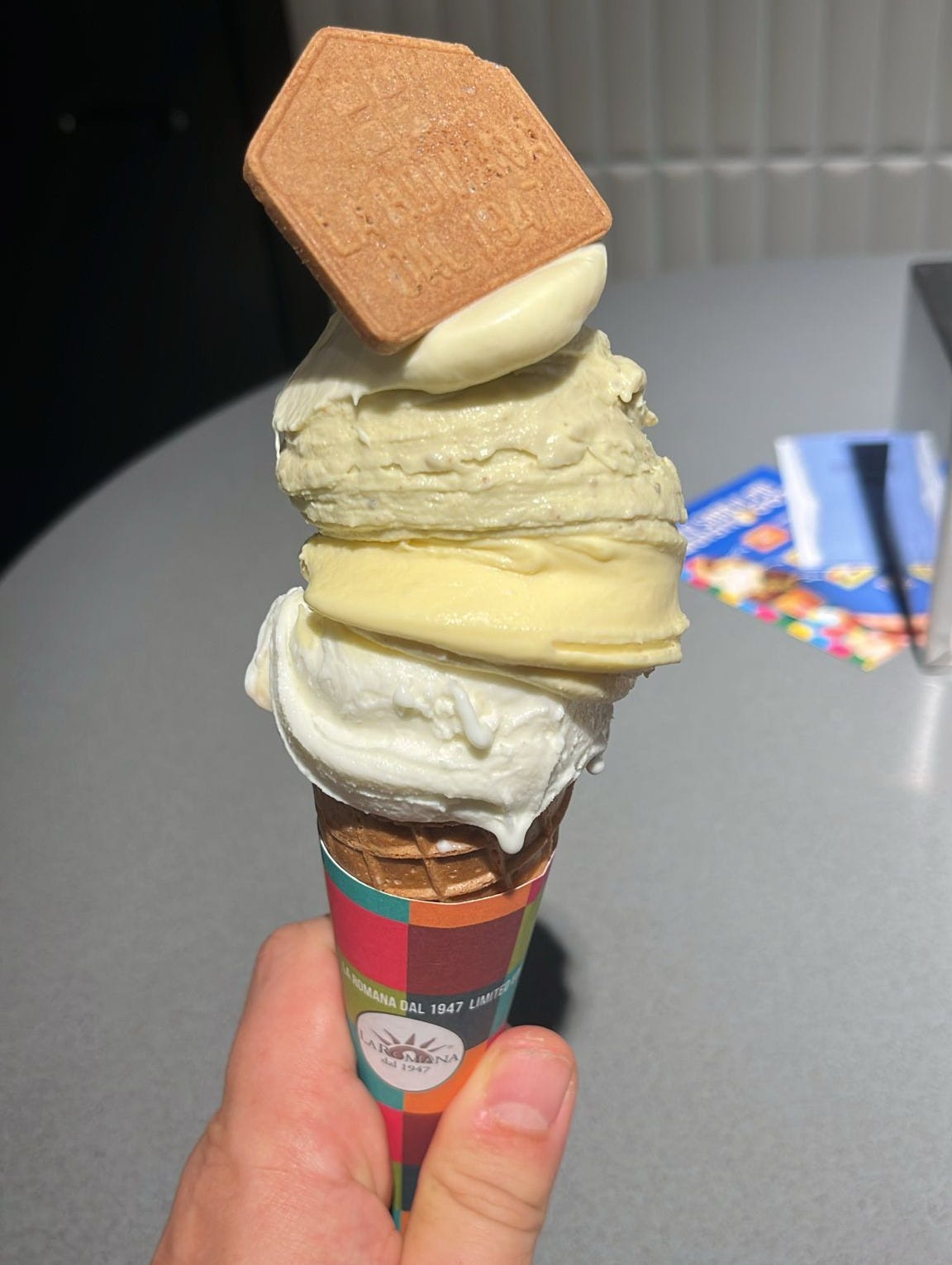A much nicer, shorter, and better edited version of this article was published by Business Insider as I've lived in Italy for over a year. Here are 7 things I've learned about Italian culture to be a better tourist. Here’s my first rough draft to help you be your best tourist self in Italy!
Alarmed by my title? Don’t worry. I got you.
Before moving to Italy, I imagined it as a country of spectacular landscapes, beautiful weather, and incredible food. After all, I had watched Under the Tuscan Sun and read Eat Pray Love. I have to admit, Italy fully delivered on that promise.
That said, after living here for over a year, I’ve come to see Italy—and Italians—in a much more nuanced way. Despite the country’s seemingly carefree spirit, I’ve found that certain cultural norms are non-negotiable and deeply ingrained in everyday life.
I’ve had my share of awkward moments figuring out these unspoken rules. As millions of people visit Italy every year—68 million in 2024, to be exact—I’m sharing what I’ve learned so you don’t end up being that turisti Italians make fun of in viral TikTok videos.
Bars are for coffee, not work
My first culture shock came when I asked for directions to a café and was pointed to a “bar.” In any other country I’ve lived in, bars were places people visited in the evening to grab, usually, an alcoholic drink. Not in Italy. Bars are places you go to have coffee and breakfast. True, you can still order your Aperol Spritz in some bars in the late afternoon, but the bars I go to in my neighborhood are for snacks and coffee.
This is why, every day, I grab my coffee at the bar, drink it quickly at the counter, and chat with locals about the latest neighborhood gossip or local political scandal (there are many!). If I linger too long, I get a few looks suggesting I should make way for others. I’ve also seen puzzled staff checking on tourists glued to their laptops, and even overheard a few not-so-lighthearted jokes reminding them that a bar is not an office.
Your food may take forever to arrive
Coffee is fast, but food? Not so much. I quickly learned that in Italy, dining isn’t just about satisfying your hunger but a ritual which deserves respect. The restaurants I go to are usually family-owned, understaffed places. So they don’t rush; instead, they take their time and prepare the food with care, meaning I receive my food when the restaurant staff decides it’s time. In fact, I’ve seen signs that read, “If you are in a rush please come back when you are not”. Constantly checking an order may backfire, even after 30 minutes. The best thing to do is surrender to the experience, ideally with a glass of wine. When the food finally arrives, it will be worth the wait. You don’t believe me? Here is a photo I took from a restaurant I visited in Sorrento a while ago!
Avoid certain food combinations on pizza
When my Italian husband took me to a place he called “the best Neapolitan pizza place in town, none of the tourist stuff,” he also gave me a serious lecture on what Italians consider real pizza. According to him, anything other than Margherita, Marinara, Diavola, and Quattro Stagioni is for tourists or hippies. When I ignored him and ordered a seafood pizza with salmon and calamari, my in-laws were so disgusted that they wanted to leave the table. We never spoke of the incident, ever again.
There is no such thing as bottomless pasta
Contrary to what movies and TikTok might suggest, I have never been served a giant plate of pasta in an Italian home or restaurant. The Italians I know do eat pasta almost daily, but in small portions—typically no bigger than the size of a fist. Restaurants offering “bottomless pasta” or an oversized Aperol Spritz with enough straws for five people are likely tourist traps. The Italians I know are very relaxed about carbohydrates, but there’s a strong emphasis on portion control, and occasionally skipping a meal to avoid overwhelming digestion.
Brightly colored gelato is probably not the real deal
Now that we’ve covered the main courses, let’s talk about gelato. A gelato with high-quality ingredients is not supposed to be overly bright. My Italian teacher once advised me to avoid shops where they serve gelato the color of nuclear waste. A good berry gelato should be soft pink, and pistachio a subtle sage green. If you spot mint gelato the color of Smurfs, it’s best to walk away.
Not every "bella" is an invitation to flirt
I’ve lost count of the number of times I’ve witnessed a young woman blush and giggle at the sound of bella in day-to-day interactions. But let me set the record straight—my husband calls everything bella or bello: a tree, a plate of pasta, a cup of cappuccino, even his best friend.
Phrases like bella mia or bello mio are usually just friendly greetings, not an invitation to flirt. So if you want to avoid that awkward moment where you blush and flirt with a restaurant staff member who’s just trying to show you to your seat, pause and evaluate the situation. Is the person really trying to flirt with you, or are they just being friendly? Italians are warm and expressive, but not every act of warmth is a seductive invitation.
Feeding pigeons might be illegal
This one surprised me. Feeding pigeons isn’t just frowned upon—it’s actually illegal in many Italian cities, with fines attached. While I personally find them adorable, I’ve met Italians who see them as disease carriers that poop all over their precious ancient ruins. I even once heard an Italian describe feeding pigeons as “barbaric.” This article on pigeon-feeding in Italy particularly made me chuckle.
If you're curious about how I got published in Business Insider, check out this post: How I Landed My First Paid Article and 5 Lessons I Learned
Want to support my writing?
If you enjoyed this article and my other content, I’d be so grateful for your support—like, comment, restack, and recommend to help spread the word. And if you’re feeling extra generous, consider making a pledge. Your support truly means the world to me.🫶🏼









I used to live in Florence, then Milan, and the number of times I was absolutely crucified for having a cappuccino in the afternoon. But after six years in Italy, I'm the same. I mean, I still enjoy a 3pm (decaf) cappuccino. But I'll bite people's heads off for putting pineapple on pizza or overcooking pasta.
The quick fire coffee point is so true! When I was in Italy for work I made this mistake - the lovely cafe owner actually felt sorry for me and took me into his own family kitchen behind the counter to help me use my laptop (I was lost and trying to find an email with directions) - he also wanted his table in the cafe back!